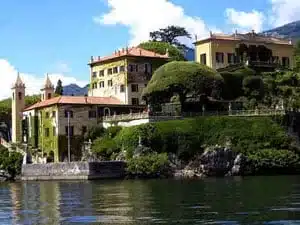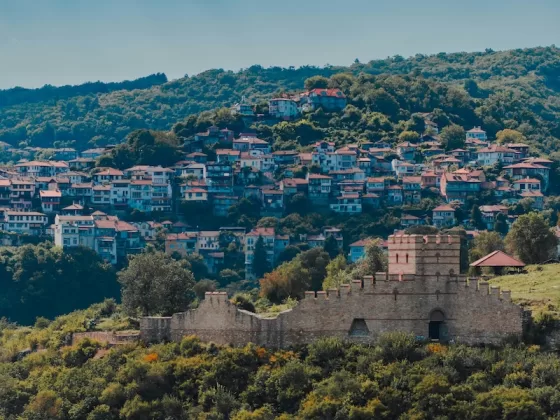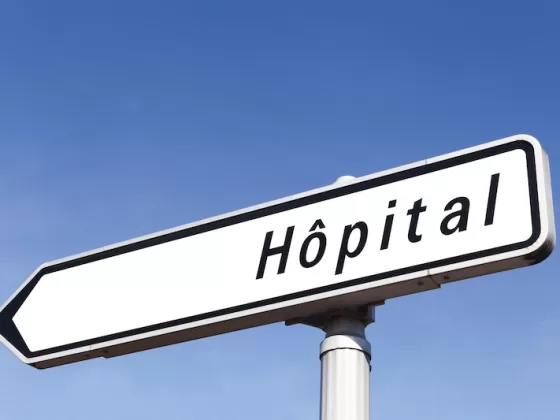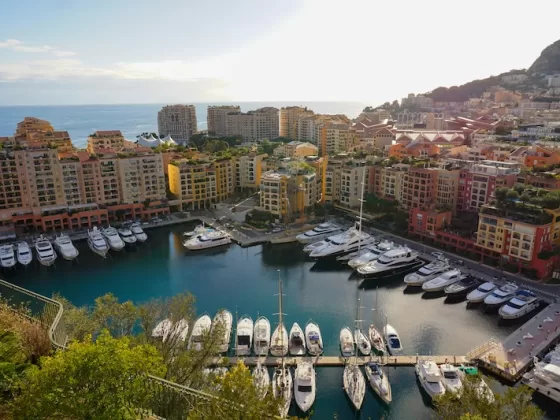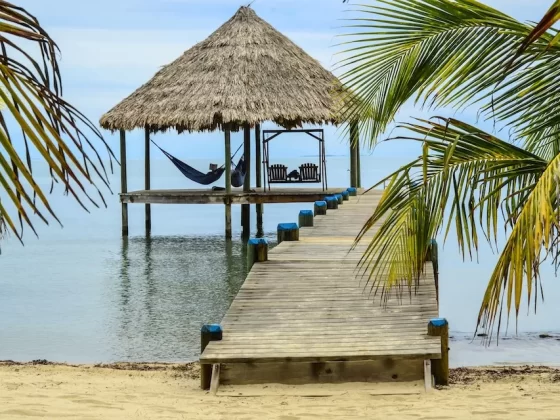When you have lived some time in Sweden you will notice that there are many traditions and celebrations throughout the year which are very important to the Swedes. If you want to become part of your new community the easiest way to do so is to participate in those very typical festivities.
New Year
The New Year is usually celebrated with friends. People dress up and have a nice dinner where memories of the old year are shared and hopes and plans for the new year are discussed. At midnight people go outside huddled in warm clothes (remember we are talking about Sweden and December is really cold) to welcome the New Year with fireworks.
Walpurgis Eve – 1st of May
Walpurgis celebrations are not a family occasion but rather a public event, and local groups often take responsibility for organising them to encourage community spirit in the village or neighbourhood. Large bonfires are lighted which in old times used to keep away evil spirits like witches and demons and are now a beautiful part of the celebration and the coming spring is welcomed by singing spring songs. May Day/Labor Day (May 1st) follows Walpurgis Night celebrations with a wide choice of events, parades and festivities.
National Day of Sweden
National Day of Sweden, formerly known as Swedish Flag Day is celebrated every year on 6th June. This day, special ceremonies welcoming new Swedish citizens are held around the country on National Day. The King and Queen also take part at Skansen, Stockholm’s open-air museum, where the yellow and blue Swedish flag is run up the mast, and children in traditional peasant costume present the royal couple with bouquets of summer flowers.. Many people go for picnics with family and friends or celebrate in their homes.
Midsummer
Midsummer Eve is always a Friday between 19 and 25 June and marks the the longest day of the year. People often begin the day by picking flowers and making wreaths to place on the maypole, which is a key component in the celebrations.
The Crayfish Party
The “kräftskiva” (crayfish party) is one of the most important social events of the year in Sweden. It is usually held in August during the height of the crayfish season, and it’s a time for friends to gather together and celebrate the warm weather, warm company and heaping piles of fresh crayfish.
The Sour Herring Premiere
Surströmming (literally “sour herring”) is an old, traditional Swedish preparation of fermented Baltic herring. Starting on the third Thursday of August, the Swedes celebrate a special surströmmingspremiär, Surströmming enthusiast gather together to sample the year’s sour herring products with all the proper trimmings. The feasts are usually organized outdoors because of the powerful smell emitted by the sour herring.
Halloween
Halloween has only been celebrated in Sweden since the 1990s, and has rapidly become established here − not least as a result of smart commercial marketing. The occasion is mainly celebrated by children and teenagers. They go to fancy-dress parties and ghost parties, light lanterns and venture forth into the streets to scare the life out of the neighbourhood.
All Saints’ Day
People are putting lighted candles on the graves of the departed on All Saints’ Day and churches are holding services of light to mark the day. Nowadays All Saints’ Day is celebrated on the Saturday that falls between 31 October and 6 November.
St Martin’s Day
Many locals in Sweden eat out in restaurants on the evening before St. Martin’s Day (Swedish: Mårten Gås) and enjoy a rather large goose meal. A goose dinner is something of a banquet. It takes time to cook and is very filling. All parts of the goose are used. The dinner begins with a bowl of sweet and sour ‘black soup’ (svartsoppa), made from goose blood and goose broth, and richly seasoned with fruit pureés, spirits and spices such as clove and ginger. The soup is thick and reddish black in colour. Black soup is served with entrails of various kinds, as well as goose-liver sausage, stewed prunes and potatoes. The goose is stuffed with apples and prunes and roasted slowly while being constantly basted in its own fat. The carcass is then boiled in water, which is thickened into sauce. The surplus fat is used to prepare the trimmings: red cabbage, roasted apples and potatoes.
Advent
On the first Sunday of December, people light the first candle in the Advent candlestick. This is always a special event, eagerly awaited. Each Sunday until Christmas, a candle is lit (and blown out after a while), until all four candles are alight.
St. Lucia
One of the biggest Christmas celebrations is St. Lucia’s Day (or St. Lucy’s Day) on December 13th. St. Lucia’s Day is now celebrated by a girl dressing in a white dress with a red sash around her waist and a crown of candles on her head. Small children use electric candles but from about 12 years old, real candles are used! The star boys, who like the handmaidens are dressed in white gowns, carry stars on sticks and have tall paper cones on their heads. The brownies bring up the rear, carrying small lanterns.
Christmas
Christmas is the main family event of the year, and there is always a certain amount of discussion about where to celebrate it this time round. Sweden is a large country, and those wishing to be reunited with their families often have to travel far. Train and air tickets must be booked at least two months in advance, and motorists are advised to start their journeys in good time.


